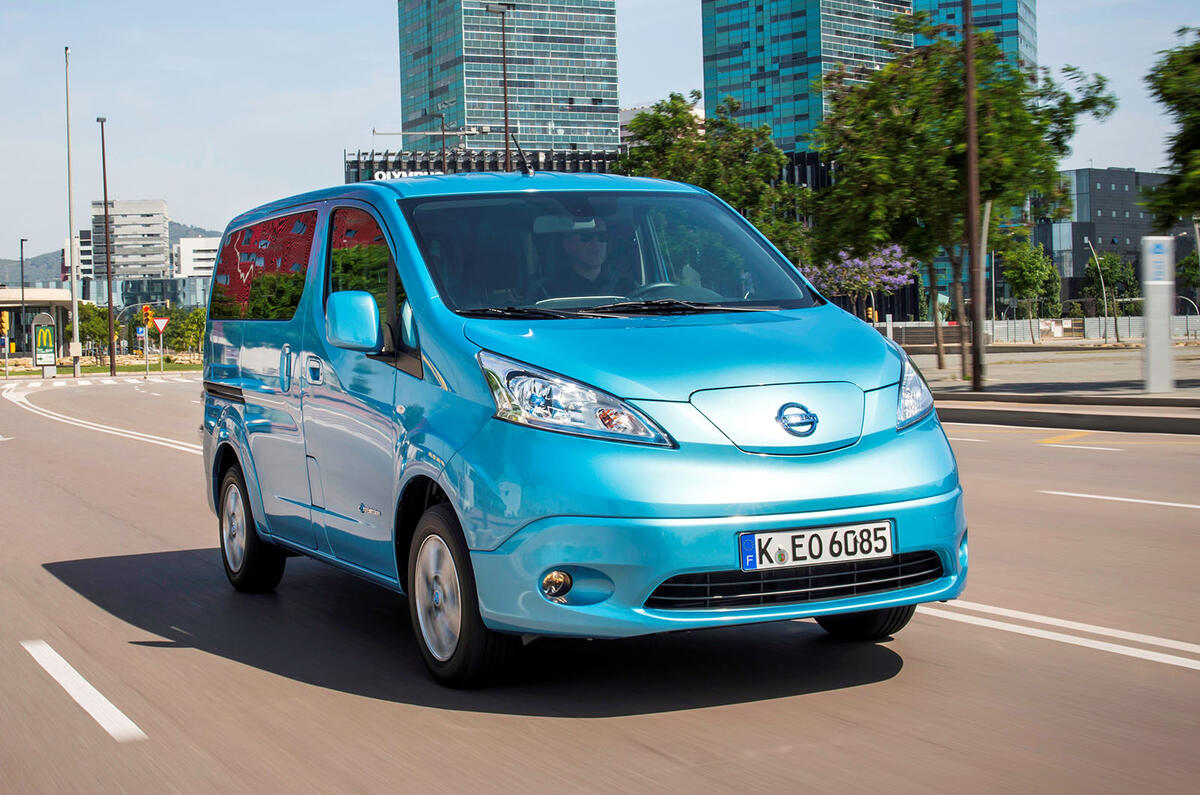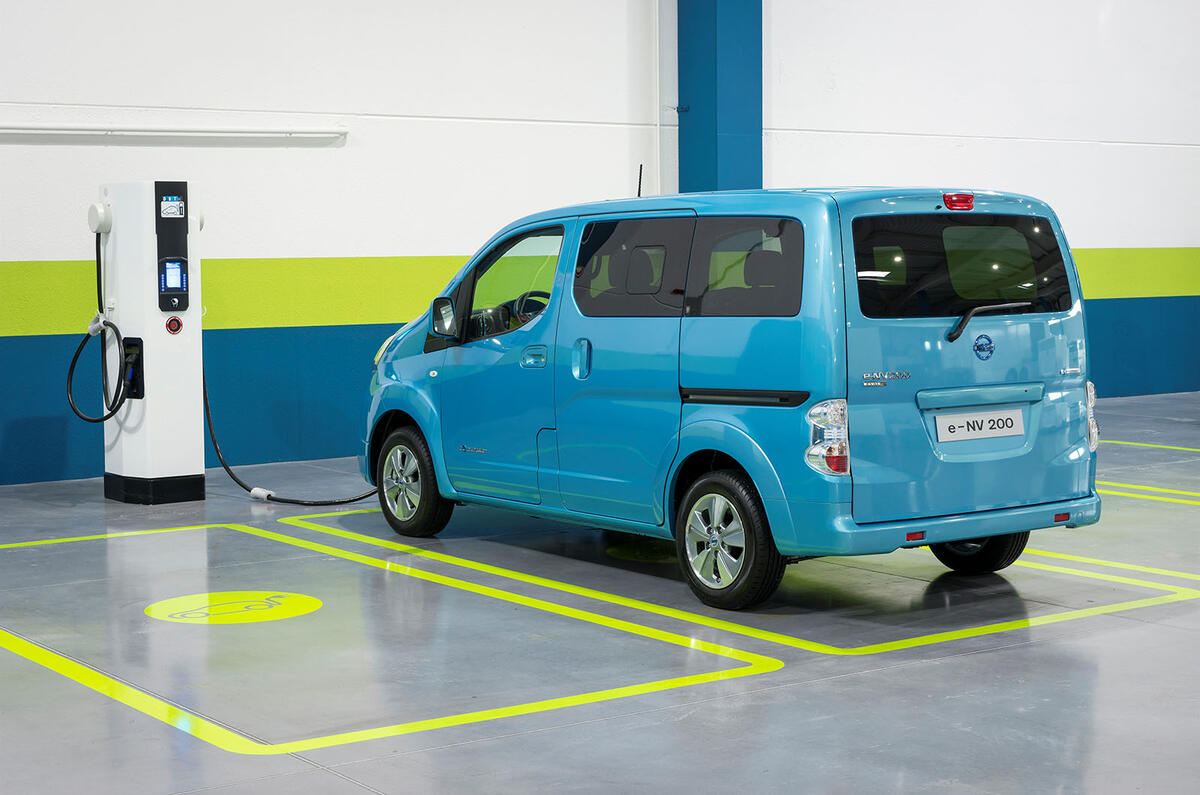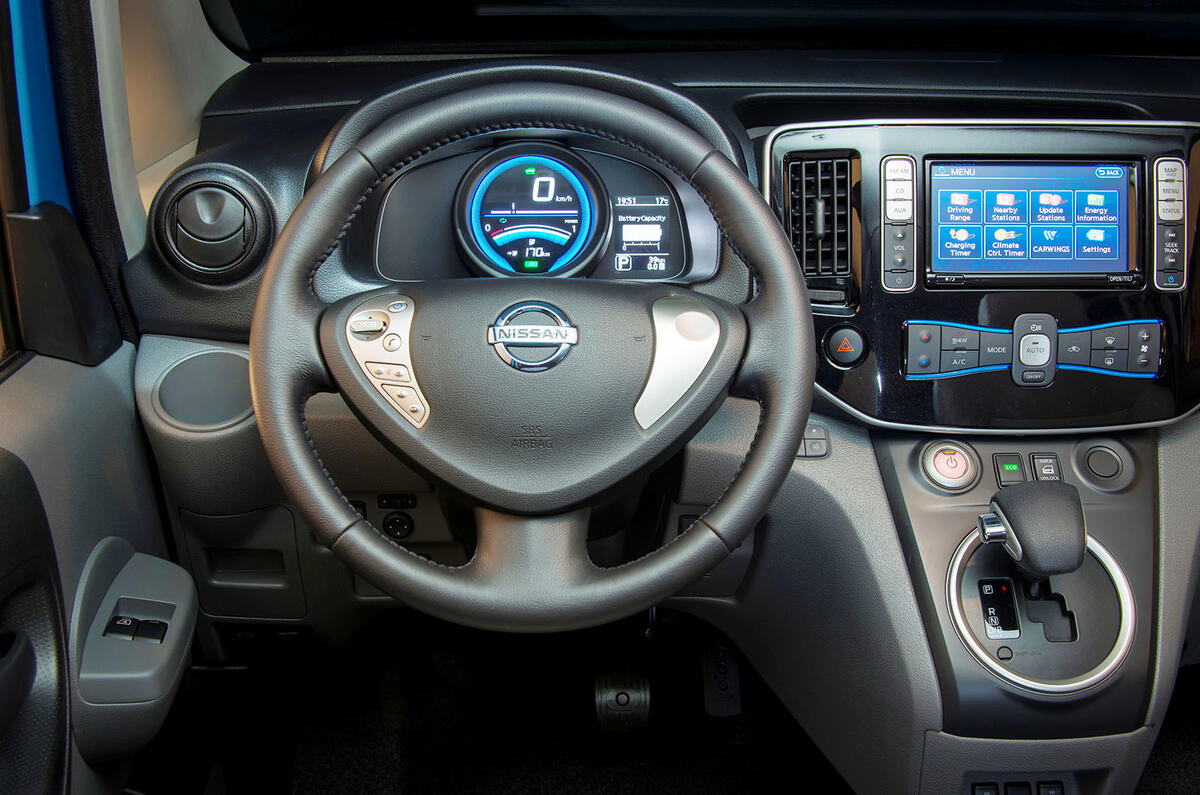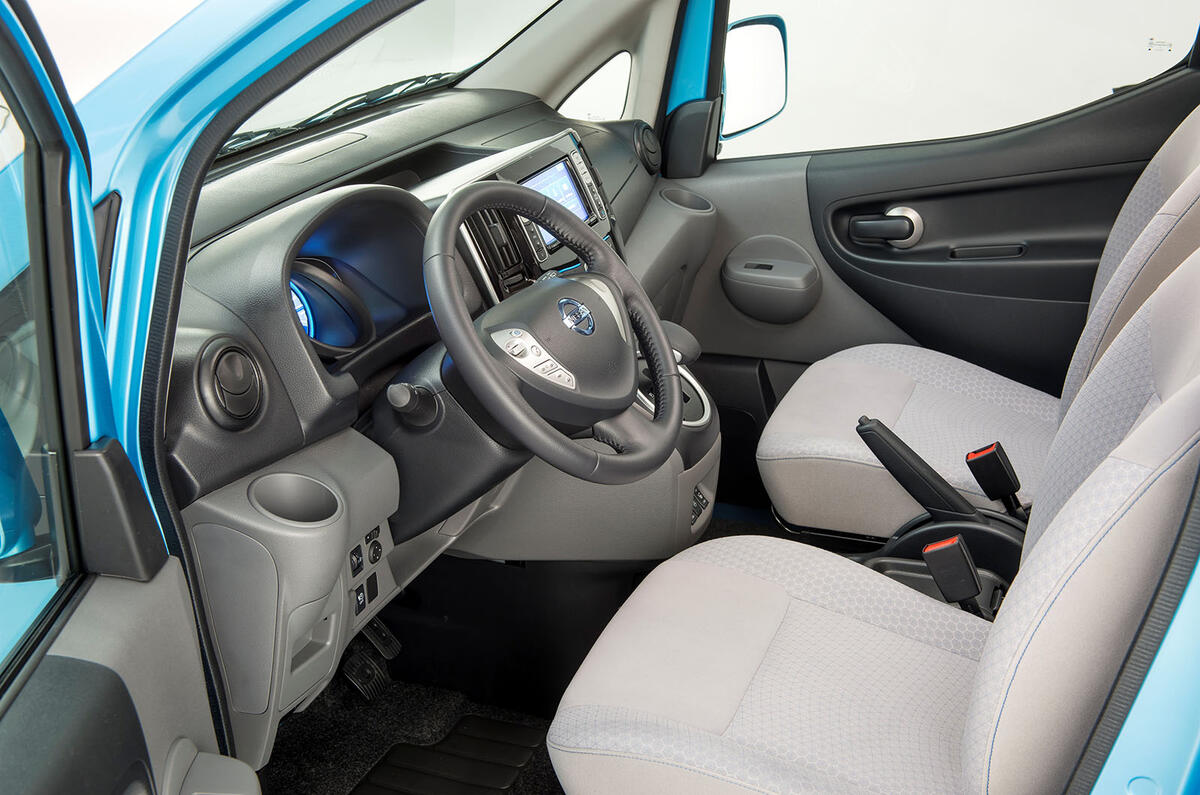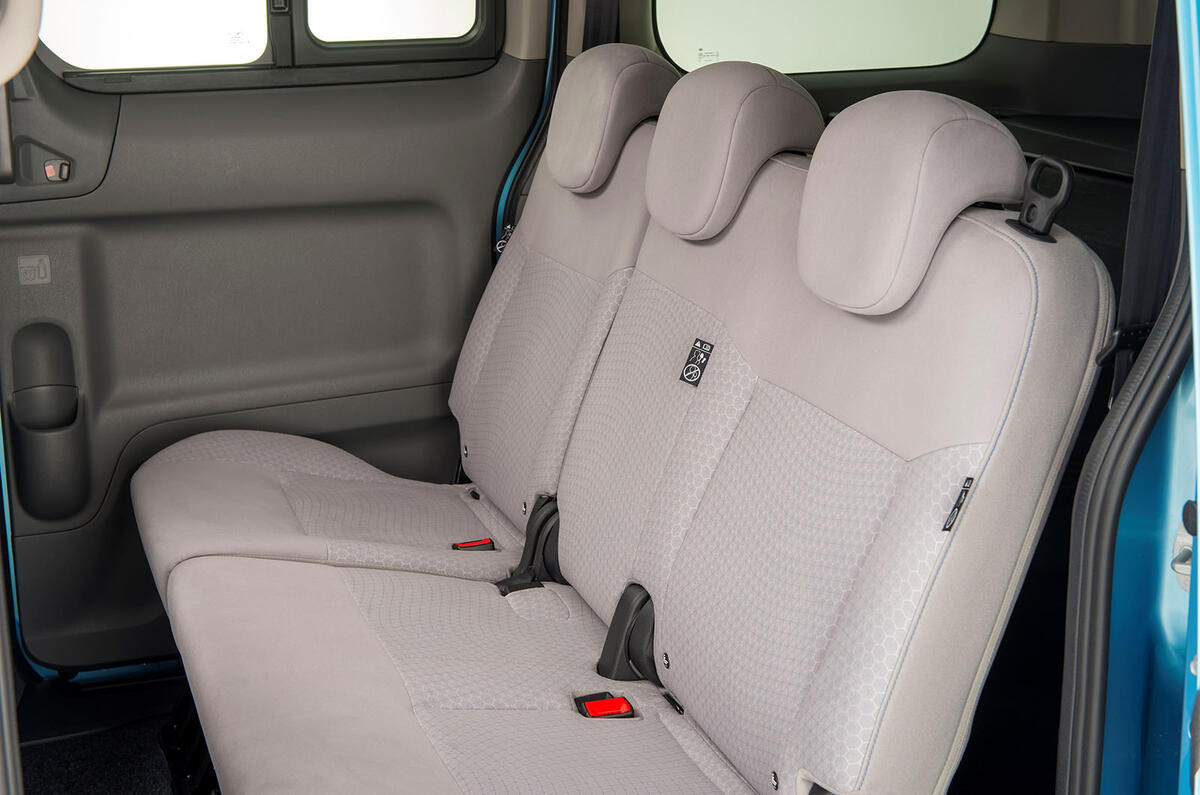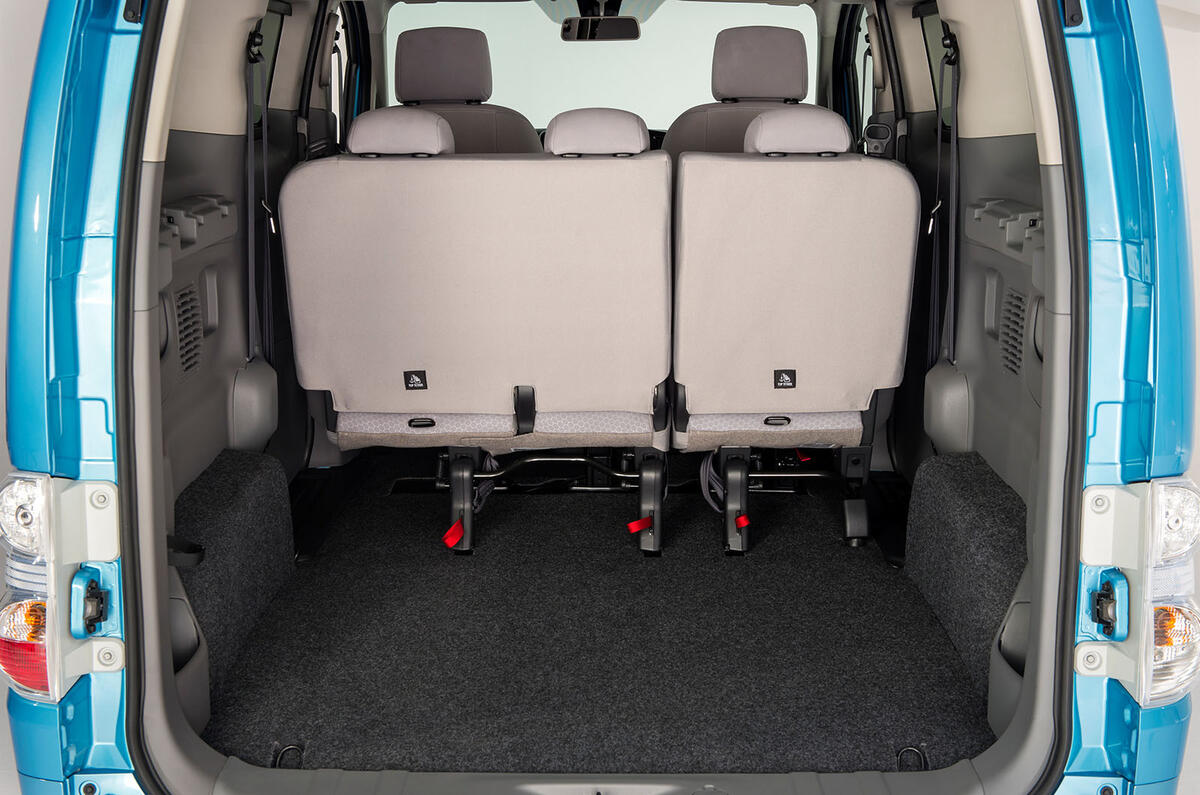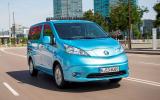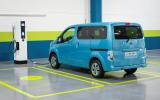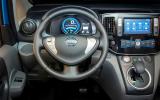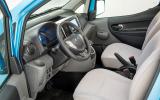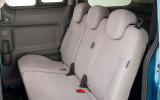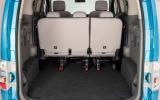The Nissan e-NV200 is the world's first all-electric seven-seat MPV, according to the Japanese car firm. Based on the NV200 van, the electric people-carrier joins existing 1.5 dCi versions of the commercial vehicle.
Nissan says it caters for a demand from private hire companies and shuttle services and could also appeal to larger families.
The e-NV200 uses the same basic electric powertrain as the Nissan Leaf. The electric motor develops a modest 107bhp and a useful 187lb ft of torque from start.
However, despite the NV200’s much greater frontal area (and increased drag at higher speeds), it still has the same 24kWh battery as the Leaf. Although the e-NV200 isn’t too heavy (between 1517 and 1564kg, depending on the specification), the official range is just 106 miles.
Nissan also makes much of the e-NV200’s load-carrying ability. It can be specified with either five or seven seats in three rows.
To increase cargo room, the two seats in the third row can be folded up against the insides of the car. The middle-row three-person bench seat can also be folded and tumbled out of the way, further increasing load capacity. With all the seats pushed out of the way, Nissan says the e-NV200 can swallow three full-size bikes, with the front wheels still attached.


